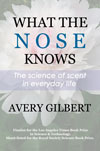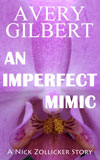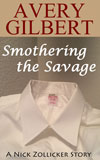

The U.S. dollar was once the soundest currency in the world despite (or, as I believe, because of) all denominations of its paper bills being the same size and color. In contrast, European currencies, before and after the Euro, came in an array of goofy colors and cartoonish designs. Beginning in the Clinton administration, U.S. bills gradually adopted washed out colors, transparent images, and all sorts of embedded strips, watermarks, sparkles and zany design elements. Is it any wonder the dollar has lost its undisputed claim as the world’s reserve currency?
A still unique, if less remarked upon, aspect of American paper money is its smell. It has a characteristically starchy scent, possibly due to the high cloth fiber content of the paper it is printed on. You won’t find a similar smell on Euro notes or British pound notes. And you sure as hell won’t find it on Canada’s new-fangled polymer bills, delusions of maple syrup smell notwithstanding.
Thus I was struck by a news report of counterfeit twenty-dollar bills being passed in Sonora, California, a town up in the Sierra Nevada foothills of Tuolumne County. The bills were spotted because they lacked watermarks and embedded security strips and all had an identical serial number. But they had another feature I’d never heard of:
“Some type of scent had been applied to the fake bills in an attempt to make them smell like real money,” police said in a news release.A interesting touch. I wonder how realistic the scent was. Who created it? It would make for a good episode of Sherlock.







